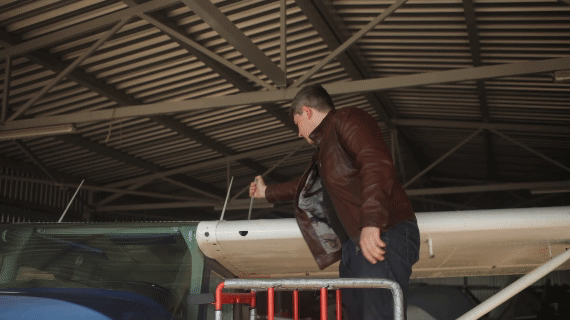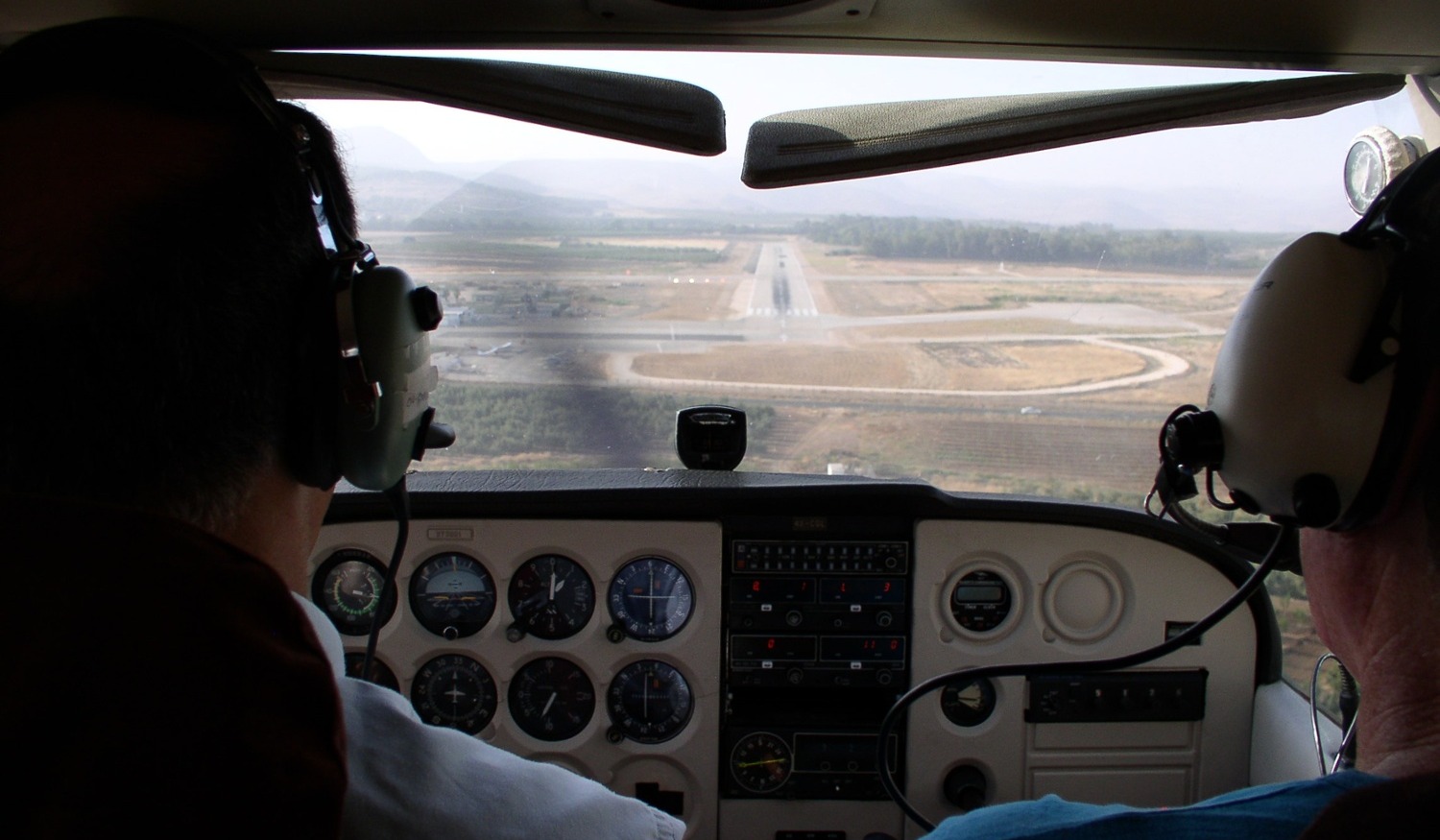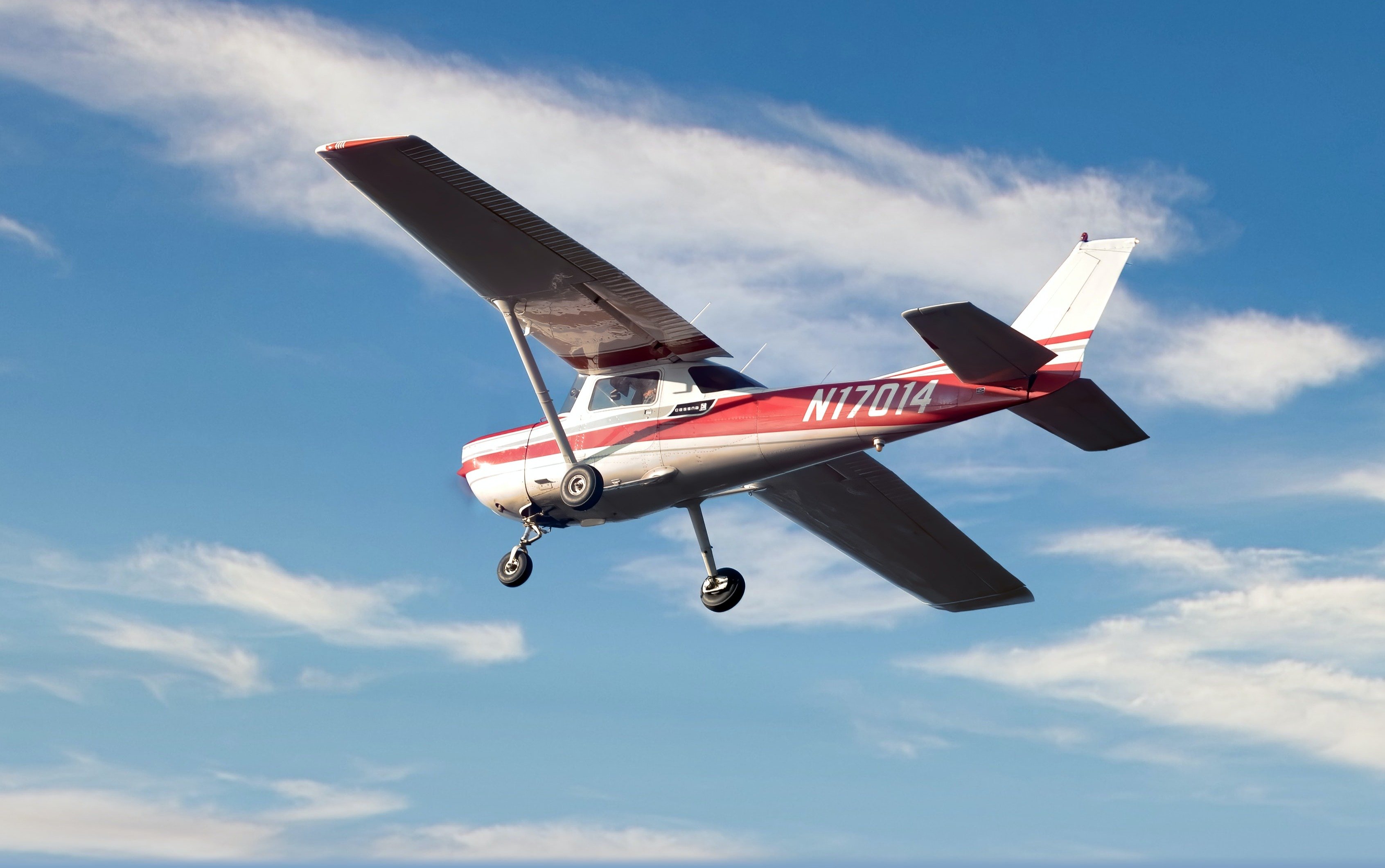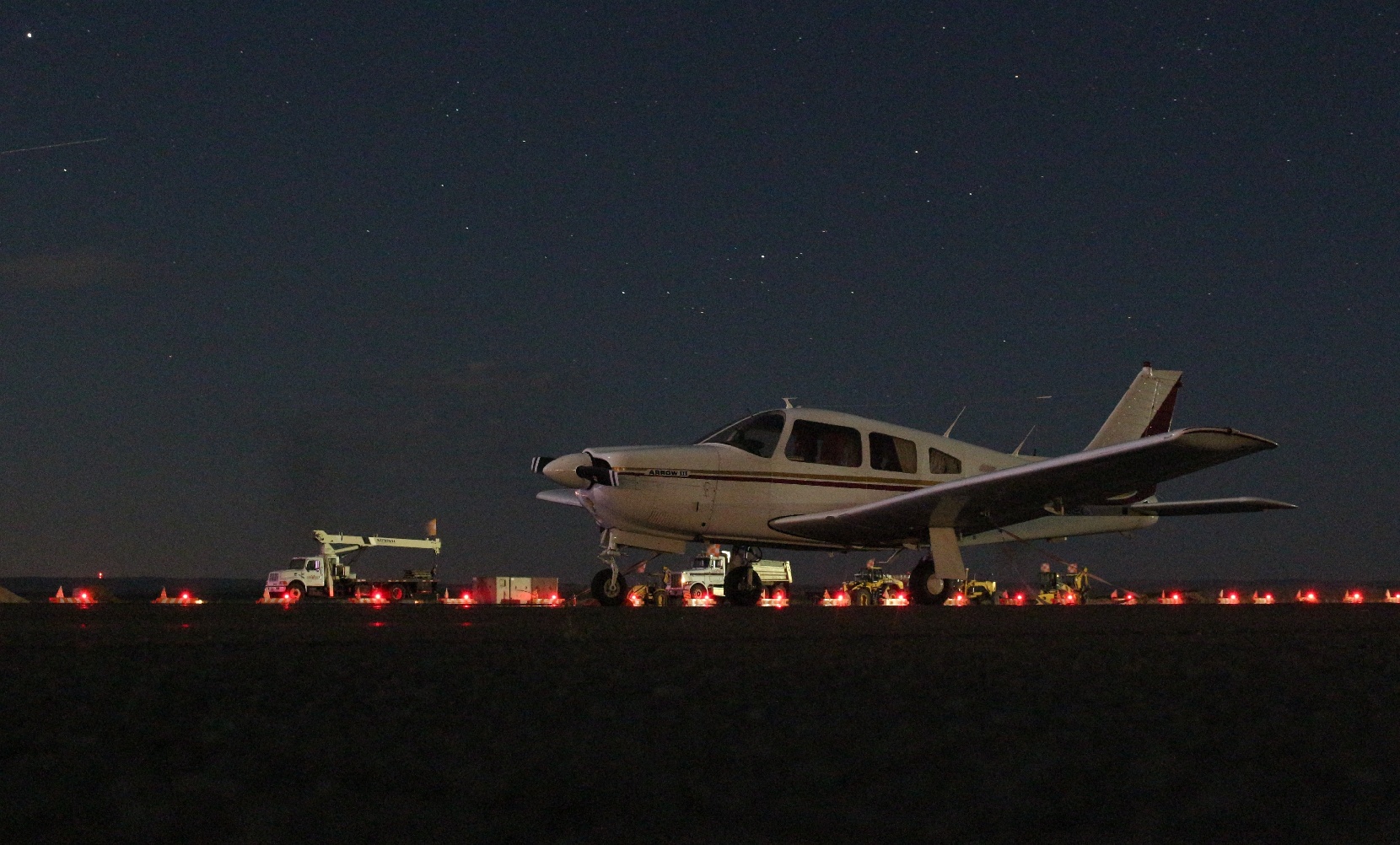“Top them across.” That was one of the first rules my primary instructor imparted to me. “Like a broken clock, the fuel gauges in a GA aircraft are only accurate twice, when they are empty and full.”
I would hear that more than once as I advanced through flight training. In the local area, this approach makes a great deal of sense. Why takeoff with a fuel deficit or reduce options should an unforeseen event occur? As the saying goes, a pilot can never have enough of three things: altitude below them, runway remaining, and fuel onboard.
In reality, the equation is not so simple. Browse the National Transportation Safety Board database, and you will find more than a few accidents caused by the combination of high-density altitude and an overweight aircraft.
The Case for Less Fuel
Fuel weighs more than six pounds per gallon (though the precise weight changes with temperature). While it is comforting to carry around enough gas for extra options should something go awry, the decision between "comfort fuel" and filling seats with family members tends to have a predictable outcome.
From a financial standpoint, the more an aircraft weighs, the more it burns. The fuel you expend to carry more fuel varies from nearly inconsequential for a light single (a few percent) to better than 10% for a transport category aircraft — even more when the extra weight results in a less efficient, lower cruise altitude.
Additionally, the cost of fuel at different locations varies significantly. If you can figure out how to carry less fuel from an expensive airport, you can save a lot of money.
Dipping the Tanks
The “top ‘em off” mantra exists for a good reason. Plenty of accidents have been the result of fuel starvation. However, preparing yourself for life beyond the pattern is critical as well.
Dipping the tanks in many general aviation aircraft is the most accurate way to determine fuel quantity. Familiarizing yourself with the process before your friends show up with 300 bags in the heat of July is a good idea.
You can gain confidence by dipping the tanks after a flight, seeing if the residual quantity lines up with your fuel burn calculations, and confirming the results by noting how much fuel it takes to top off the tanks. When done right, these numbers can be remarkably accurate.

The Risks
The other part of the fuel conundrum pertains to sufficient reserves. In other words, what is the least amount of fuel you should ever consider carrying? The regulations define the minimum amount you need to carry, prompting the axiom that “legal is not always smart.”
A light single cruising at 90 knots has a 45nm range with a VFR reserve of 30 minutes. Over rural areas, an alternate airport may not be within range of the destination. Additionally, a VFR flight to a remote area often involves an airport with a single runway. Even if the weather is unlimited, a disabled aircraft can quickly ruin plans. With 30 minutes of reserves, you may only have a few high-risk options (a taxiway or a highway). Against this, a fuel stop is typically worth the hassle.
Calculating Fuel Burn
En-route burn error is a problem as well. On carbureted engines, the mixture can noticeably influence the burn rate. Manually setting the mixture may seem daunting, but there is little mystery once you become familiar with the process.
Aircraft with cylinder head temperature gauges take some guesswork out of proper mixture settings, but anything accomplished manually is prone to some degree of error. Even in an aircraft with electronically controlled engines, there is a potential for miscalculation: fuel burn (per mile flown) is highly dependent on groundspeed. Winds aloft forecasts are pretty reliable but not perfect.
Calculating fuel burn as you pass planned fixes is important. It will let you know if you are burning more fuel than anticipated (i.e., the flight is taking longer than planned). The sooner you become aware of an impending fuel deficit, the more time you will have to sort out a fuel stop.
The Bottom Line
There is nothing wrong with topping the tanks. Carrying as much fuel as possible makes sense if you are doing pattern work where payload is not a concern. However, once the mission shifts to filling seats for a cross-country flight — especially at high-density altitudes — it may be safer to carry less fuel.
When you have become proficient at managing fuel with less than full tanks, you can strategize to reduce fuel costs, leaving more money in the budget for maintenance, upgrades, and more flights to more destinations. Do not be afraid of flying with less than full tanks. Just be wary.
Share this
You May Also Like
These Related Articles

GA Safety Trends: What Should We Worry About?

Traffic Pattern Work: Get a Leg up on the Airport
